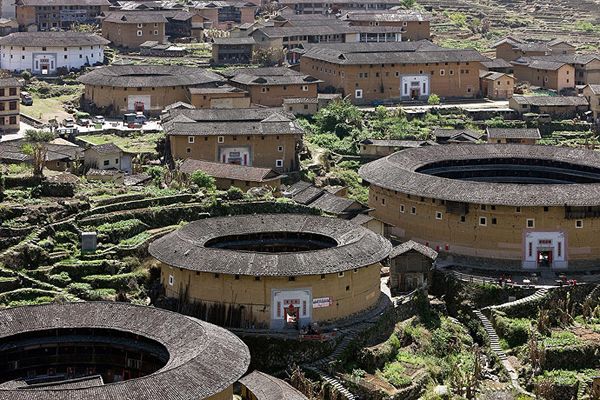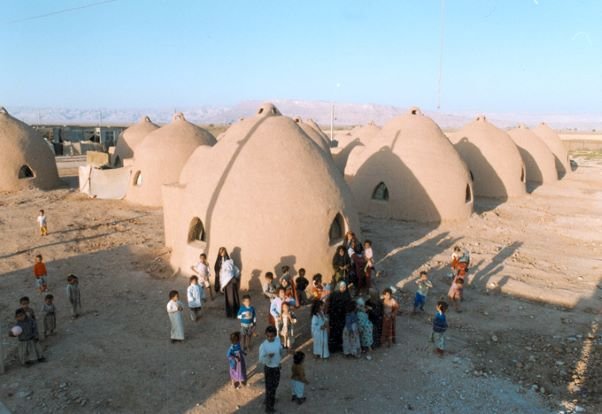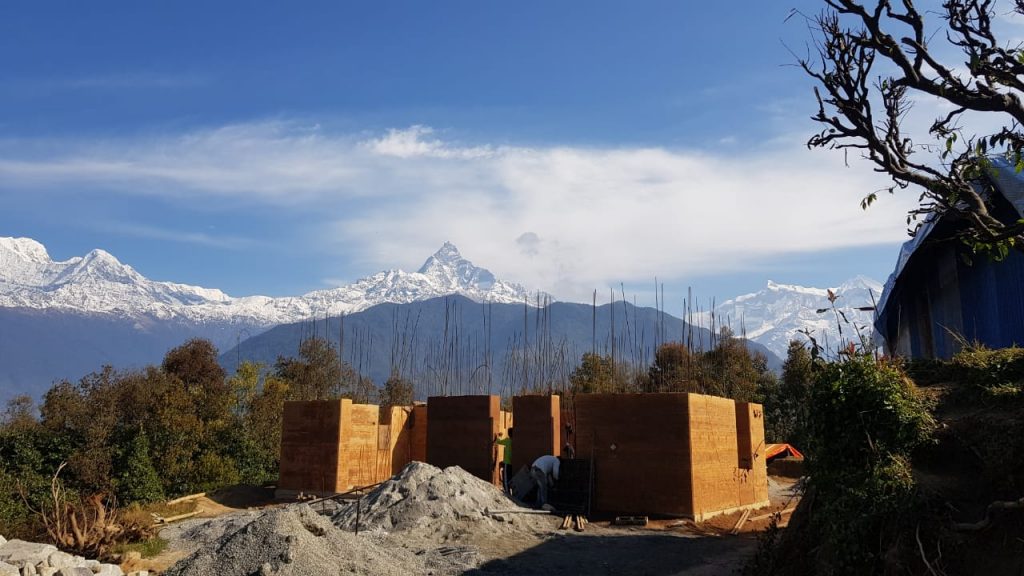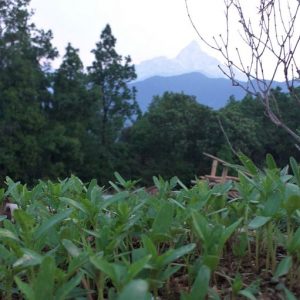Building with earth beneath our feet sounds almost poetic.
But reality relies on us being sensitive to the natural environment and understanding the cyclical nature and disposition of how everything on this planet is interdependent on one another. This means that what we consume, utilize and pollute comes back to us in one form or another. With no exception, building ecologically and sustainably deserves a similar observation.
Contemporary building techniques have evolved to heights whereby speed and cost have the upper hand in dictating the shapes and landscapes of megacities and even our own homes. But these convenient choices often come at the detriment of our environment, our health and well-being. One main culprit is concrete. Concrete is the most widely used man-made material in existence and is second to water as the most consumed resource on the planet. The key ingredient in concrete is cement. Cement is the source of about 8% of the world’s CO2 emissions. If the cement industry was a country, it would be the 3rd largest emitter, behind China and the USA.
In contrast, earthen traditions have seen time-tested buildings built around different parts of the world. These methods are original and powerful expressions of our ability to create a built environment with readily available resources. China’s fortresses have withstood wars, winds and fire with her Great Wall; Syria’s northern villages have been building striking earth domes since 3700 BC; and Fujian’s communal tulou houses have become UNESCO cultural heritage sites. There is much valuable insight to learn from our predecessors using locally available resources. With the recent resurgence of earthen architecture in the last decade, we are hopefully witnessing a growing interest in more ecological methods.

We had a clean canvas to play with and options to choose from. But it had to be ecological.
Initially, there was interest in building with earthbags or superadobe structures for its hands-on DIY and economical approach. We mused about its possible creative forms, and getting the community and like-minded volunteers involved with the building process. Nader Khalili‘s work is an inspiration here. In response to a NASA project for human settlements on the moon, Khalili responded with a theoretical super adobe system that was fundamentally filling up sacks of moon dust and laying them in circular geometries.


This incredibly simple, cost-effective system was subsequently used as a prototype during the Persian Gulf War as an emergency shelter to house refugees.

Along the way, we pondered on another earth building form – the rammed earth technique. Its aesthetic appeal, robust strength, thermal mass and acoustic qualities fused with 21st century building solutions were a sure choice. As a monolithic wall, it uses none of the manufactured materials common to a composite wall, not even paint. The technique utilises raw materials of the earth i.e. clay, gravel and sand. These materials are mixed together and then rammed in a formwork. The result is a strong, durable wall that lasts for centuries or longer.
We came to the design board in the latter half of 2019 and decided to go with the rammed earth technique.

Our first earth walls were rammed in February 2020.



iiling@cloudsontour.com
17 Apr 2020Thank you Aimi!
iiling@cloudsontour.com
17 Apr 2020Thank you Sheryl! Lovely to hear from you
iiling@cloudsontour.com
17 Apr 2020Thank you Kavitha!
iiling@cloudsontour.com
17 Apr 2020Thank you Eileen!
iiling@cloudsontour.com
17 Apr 2020Likewise Wai Leng!
Amy J Delph
12 Apr 2020Thanks for sharing. Very inspiring!
Wai Leng Chong
11 Apr 2020Happy to be reconnecting with you here❤️ Will be following your beautiful blog❤️
Eileen Yoon
10 Apr 2020Your blog posts are so well written. Can’t wait to hear more from you!
iiling@cloudsontour.com
9 Apr 2020Dearest Pam, so happy to reconnect after 36 years! We cook dhal bhat everyday. Lunch and dinner!
Sindhu
9 Apr 2020Proud of you Iiling and Ganesh! Great going.
See Ming
8 Apr 2020😍😍😍
Kavitha
8 Apr 2020Incredible experience and feeling gud to hear your bonding with mother nature..Very well written.. Looking forward to hear more.Thank you for sharing..
Pamela TJ
8 Apr 2020Wonderfully written Ii ling. Must send Ms Nair the link to enjoy. Can’t wait to see your dhal bhat made from your home garden one day!
Sheryl Ong
7 Apr 2020What an amazing journey! Totally in awe .. looking forwards to hearing more.
Aimi Jannat
7 Apr 2020Excellent writing, well done!!